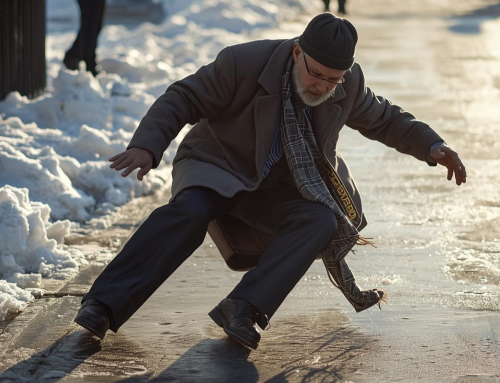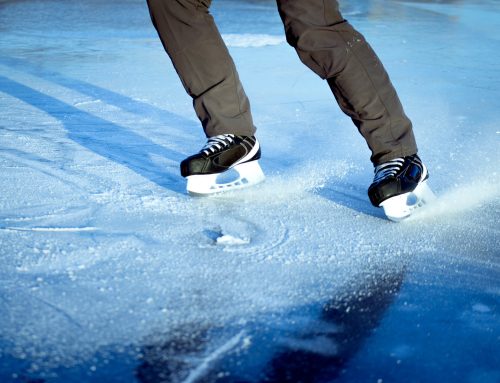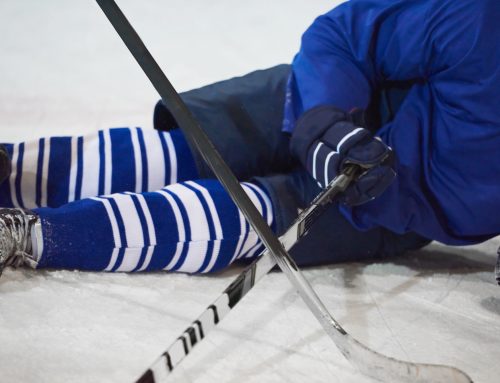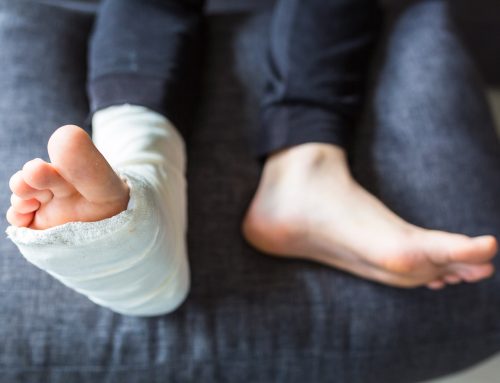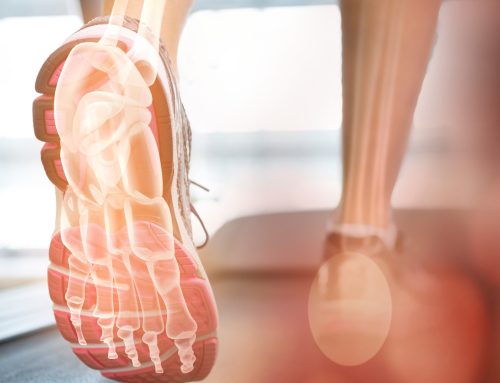With fresh snow comes the excitement from all skiers and outdoor enthusiasts alike. The crunch beneath your feet, the lift rides to the top of the mountain and the final plunge before you make your way down the hill or graciously glide along the trail. You probably aren’t thinking about the potential injury your knee could face on the slopes. An ACL injury or torn meniscus are two of the most common occurrences! You can avoid an uncomfortable end to your ski season with the proper proactive steps and reactive knowledge. Read on for our top 5 tips to avoid skiing knee injuries.
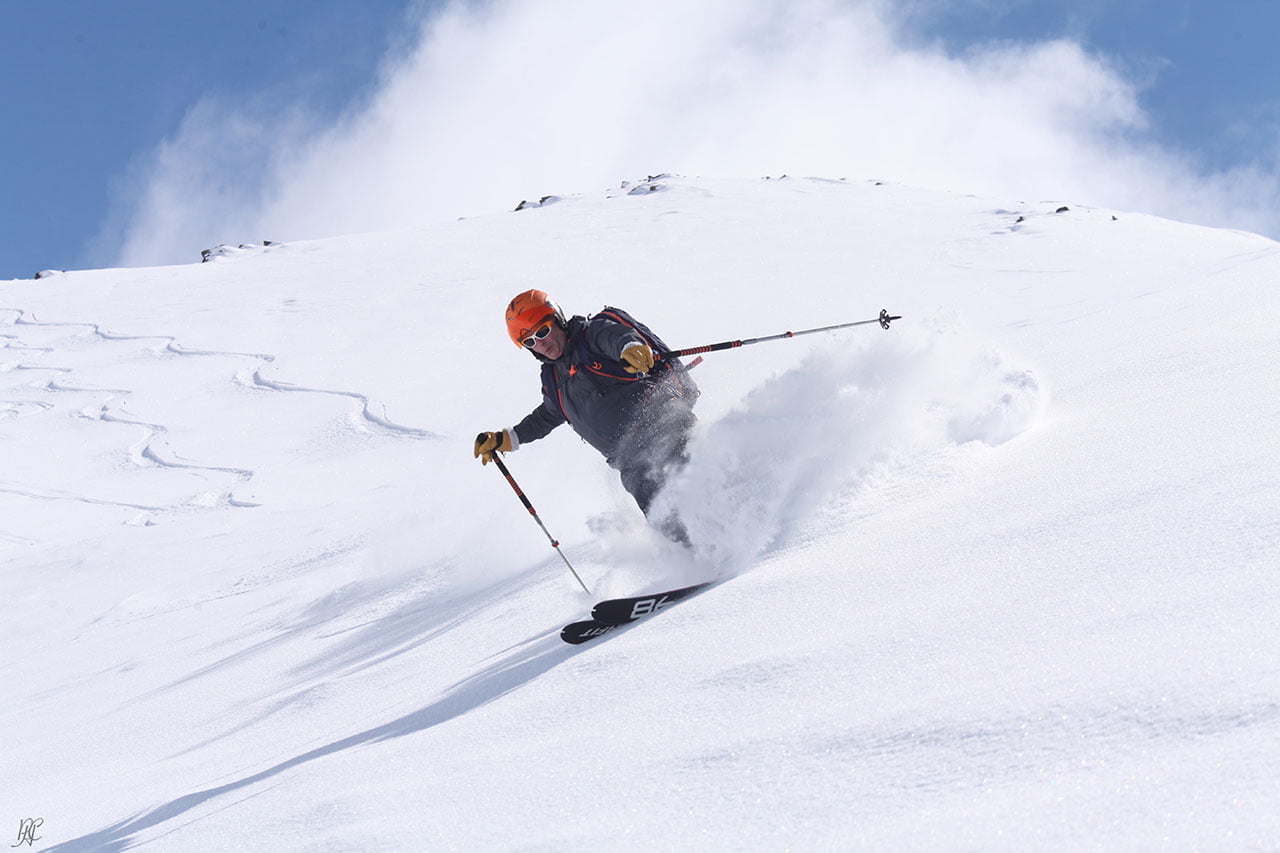
5 Tips to Avoid Skiing Knee Injuries
#1: Condition before the ski season
The best method for avoiding ski injuries is preventative, regular exercise. If you don’t have a typical routine you follow throughout the year, you’ll want to focus on the following in the months gearing up for the slopes:
- Strengthening: You’ll want to work on your core and leg muscles. Your core will help keep you balanced throughout the run and if you hit unexpected terrain. Your leg muscles are there to help you ski with confidence and improve your stamina.
- Balance: Shifting between each leg or using a balance board can help you understand spatial awareness and prepare for the demanding environment.
- Flexibility: Daily stretching is helpful not only for avoiding skiing knee injuries but for your overall health. Before you begin the season, focus on stretching your calves, quads, hamstrings and glutes.
#2 Do a warm-up before hitting the slopes
Just like any seasoned athlete, you’ll want to start your session with a warm-up. This rings true for skiing and your typical workout! With the colder temperatures, your muscles are more susceptible to staying stiff and rigid. To prevent an ACL injury, torn meniscus or physical disaster, you’ll want to warm up for 15-20 minutes that could include:
- A light jog in place or walk
- Lunges
- Arm circles
- Squats
- Groin stretches
Keep in mind that you won’t want to have a high-impact warm-up where you’ll be putting stress on your knees with lots of jumping right before a run down the slopes. Save that energy for the mountain terrain!
#3: Use safe gear that’s right for you
Before you prepare for a day of ski season adventure, you’ll want to check your bindings and skis to ensure everything is in working order. Your boots should be clicking firmly in and out of the bindings with the DIN release valve set correctly.
If you picked up your equipment off Facebook Marketplace, you’ll want to have it inspected by a professional. The safest gear is often sold by reputable shops where you’ll be appropriately fitted for the equipment. Your boots and bindings should feel comfortable yet secure. When it comes to your skis and poles, your height does matter, and it needs to be the correct length for your body. While wearing a helmet may not always be mandatory, it’s recommended to prevent serious injuries.
If you’re buying new ski equipment, you should mention your skill level to the salesperson. Some ski equipment is specially made for advanced skiers, and you’ll be more comfortable with gear that’s better suited for intermediate or beginner skiers.
#4: Know the conditions and stay within your limit
To avoid a skiing knee injury, you’ll want to be honest about your skill level before embarking on a trail that’s too challenging. On steep terrain, you’ll need to make quick, sharp turns, increasing the risk of injury without the proper technique. Shallower slopes and smooth rounded S turns are more practical for beginners and intermediate skiers!
You’ll want to know which hills and trails are marked for what level of skill. Beware of icy spots that can make one ski slide much faster than the other during a turn. This type of quick movement can put your knee out of place and quickly end your fun day on the slopes.
#5: Don’t be afraid to fall
The key to avoiding injury is embracing the fall. It happens to the most advanced skiers! Instead of stiffening up and resisting, tuck your chin and stay loose. It may result in a torn meniscus or ACL injury if you’re too rigid. Don’t try and get up until you’ve stopped sliding and done a quick check to ensure you’re ok to carry on. The key is to listen to your body and not push yourself to a point where you’ll be increasing your risk of injury with one wrong move. Drink lots of water and eat enough food to keep you energized throughout your day on the ski hills.
Even with all the preventative measures in place, accidents can still happen. You can’t control other skiers on the run, which can lead to an unexpected fall. If you’ve heard a pop, crack, or suddenly have pain in your legs, you need to seek medical treatment immediately. Trying to shrug it off could worsen the injury, causing a longer healing process.
If you’ve suffered from a fracture, our team at Fracture Healing has relief available at the push of a button. This self-treatment device can help heal a fresh fracture 38% faster, getting you back to your active lifestyle sooner. Contact us to get more information on the device and support that will accelerate you back to injury-free living.
Have you ever been injured while skiing? Did you need to seek medical treatment? Are you still suffering from an old skiing injury?

